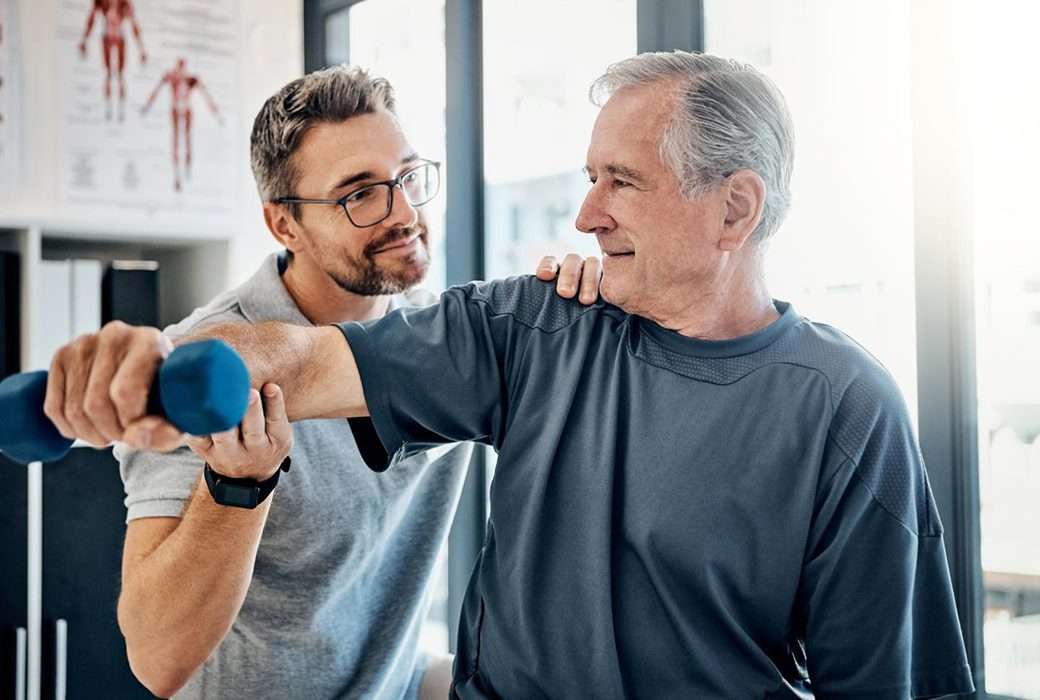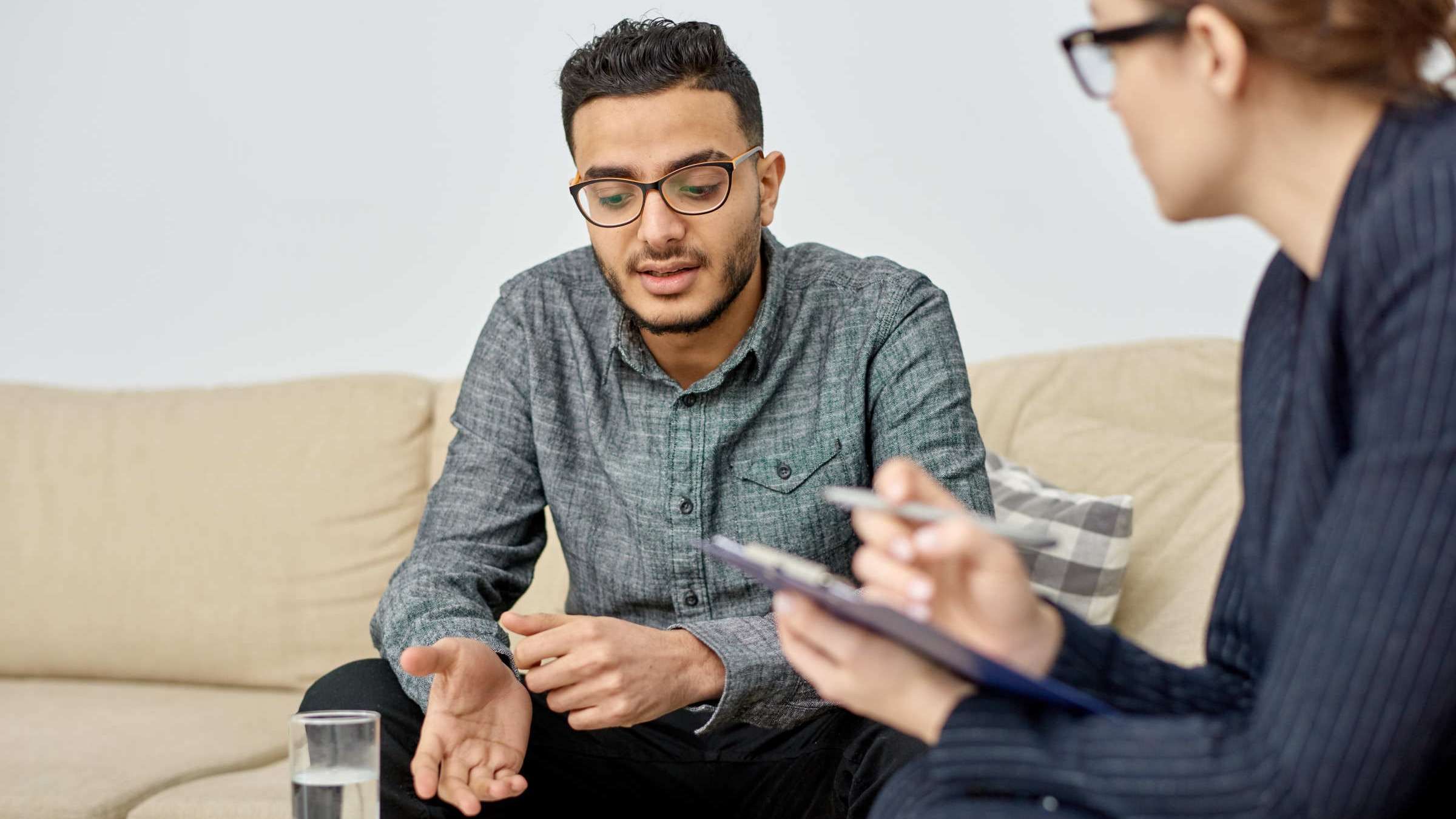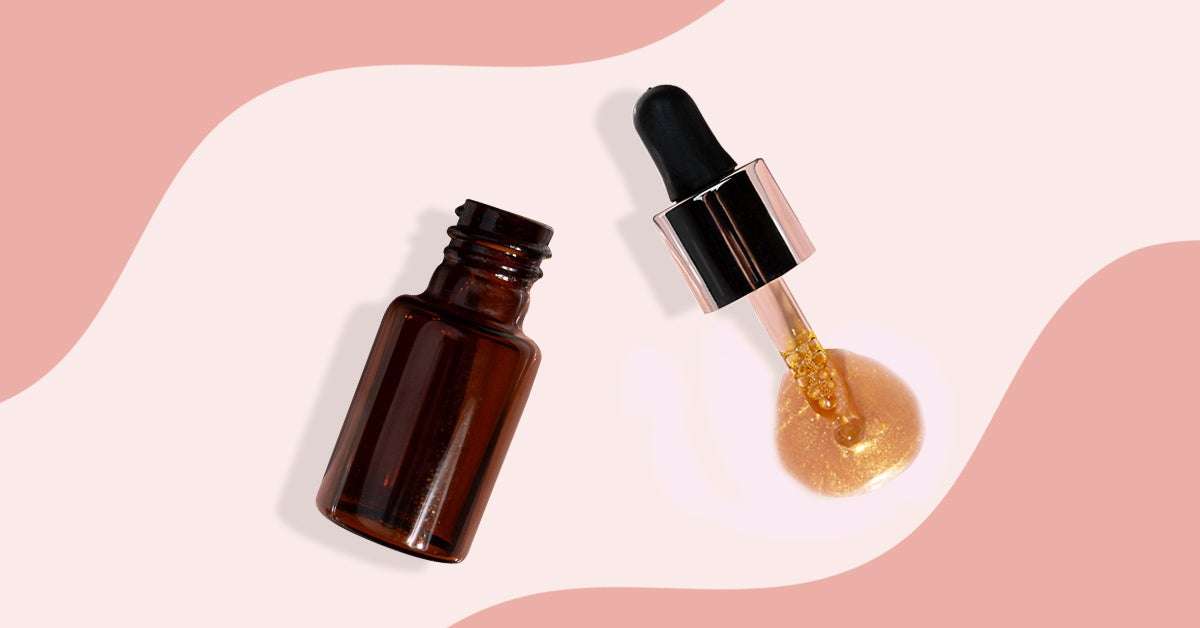 by Victoria Bartnikowski, LPTA
by Victoria Bartnikowski, LPTA
Dictionary.com defines a modality as: “Medicine/Medical- the application of a therapeutic agent, usually a physical therapeutic agent”. It is also expected that the use of a modality will produce some sort of physiologic response or change. So, it follows that treatments that we provide to patients for their musculoskeletal problems can be considered modalities. In this article, I will discuss the modalities we use here at OSC, and what their purpose served if treating patients in a Physical Therapy setting. This list is not inclusive of all modalities, but gives those most commonly used.
Electrical Stimulation – The use of an adjustable electric current to reduce muscle spasms by regulating and modulating contraction rhythm. This can help increase strength in a weak muscle and also help to increase blood flow to the area as the muscle contracts to improve healing. An excellent therapy after surgery or injury.
TENS – Transcutaneous Electric Nerve Stimulation – A small, battery operated device delivers a mild electric current, similar to electrical stimulation in the clinic, through electrodes applied to the skin. The patient feels a tingling sensation from the current which moderates discomfort by disrupting the pain signal sent to the brain. It is helpful for muscle spasms and chronic pain not helped with exercise or medication. This does not need a Physical Therapist to operate, is portable and can be adjusted by the patient anywhere.
Hot Packs – These are kept in a steamer and then wrapped in towels before being placed on the patient. The steam creates moisture, which along with the heat, penetrates tight and sore muscles, relaxing them and increasing blood flow to the area. They are especially helpful for arthritis, muscle spasms and strains.
Cold Packs – These are kept in a cold box and can be wrapped in either dry or wet towels before being applied to the patient. The cold reduces blood flow and inflammation thereby providing pain relief for the patient. The reduction in swelling is very beneficial for post-surgical patients and those with acute strains and sprains.
Ultrasound – Ultrasound is used to transmit sound waves into painful areas, relaxing and warming the tissues and causing increased blood flow. This treatment is great for muscle spasms and trigger points.
Traction – the use of a modulated force to pull the body lengthwise or longitudinally, to pull apart or distract spinal vertebrae to relieve pressure on compressed nerves, thereby reducing pain and inflammation. This can be done by placing the patient on a specially designed traction machine or it can be done manually. Traction can be used for both cervical and lumbar portions of the spine.
Low Level Laser Therapy – the use of red-beam light to detect impedances (resistance) found in tissue. This modality can be used in conjunction with electrical stimulation and can be used for both acute and chronic conditions, such as decreasing edema, pain control and reducing scar tissue.
Functional Dry Needling– performed by Physical Therapists, use of a monofilament needle to release myofascial trigger points or tight muscles, reducing pain and improving range of motion.
Modalities are therapeutic tools that we use to help our patients recover from surgery, injury or a condition that causes pain and dysfunction, so they can get back to the activities they enjoy.
A modality is a type of electrical, thermal or mechanical energy that causes physiological changes.
It is used to relieve pain, improve circulation, decrease swelling, reduce muscle spasm, and deliver medication in conjunction with other procedures. Typical types of modalities include electrical muscle stimulation, ultrasound, heat, ice, and traction.
Ultrasound (US)
- High frequency sound waves that produce a form of deep tissue heating
- For relief of pain and muscle spasm
- Promotes circulation
- Relaxes tight muscles/soft tissue – prepares tissues for stretching
Phonophoresis
- Use of ultrasound to drive in topical medications through the skin
- Medications are usually a form of cortisone and xylocaine
- For treatment of localized inflammations, eg. Heel spurs, tendonitis
Electrical Stimulation
- Use of different forms of electrical current through surface electrodes that cause muscles to contract and relax
- For relief of muscle spasm, pain and swelling
- For muscle re-education and strengthening
Iontophoresis
- Use of electrical current to drive topical medications through the skin
- For treatment of localized inflammation, scar softening, reduction in joint calcium deposits
Traction
- A longitudinal pull or distraction of spinal segments for the relief of nerve irritation (radicultis) or muscle spasm by use of a machine on the cervical (neck) spine with the use of a neck halter or lumbar (low back) spine with the use of a pelvic belt attached to a patient lying down
- Can also be done manually
Transcutaneous Nerve Stimulation (TENS):
- Use of low voltage electrical current through surface electrodes that overrides the sensation of pain
- Small unit (slightly larger than a beeper) worn throughout the day for pain control that the patient can apply a needed
Moist Heat (Hydrocollator)
- Produces a deeper heat than a dry heating pad
- Increases circulation, reduces swelling, relaxes muscles/soft tissue, prepares tissue for other treatments
Cold/Ice
- Use of “ice packs” or “ice massage” in acute injuries and for pain relief (acute or chronic)
- Reduces swelling, inflammation, muscles spasm
Paraffin
- A form of heat using paraffin wax and mineral oil
- Usually applied to hands or feet where other applications of heat are difficult
Understand the Physical Therapy Treatment Process
Generally speaking, in the medical profession, a modality is considered a kind of therapeutic agent (normally a physical one) which aids a practitioner in the therapeutic treatment of a patient. In physical therapy, it is best to think of modalities as a series of tools which a physical therapist may or may not need while treating a patient for any number of issues. There are many different modalities which might be used in treatment. However, this article will aim to outline a few of the more common ones and what they are often used for.
5 Types of Modalities and Their Benefits
Modalities used in physical therapy range widely based on the issue being treated, the physical therapists’ preferred methods and emerging technologies which might offer new avenues for treatment. However, we have put together a list of five core modality types and how they are used in treatment:
- Hot and cold packs: These types of modalities are quite commonly used, even outside the scope of physical therapy, for their abilities to regulate blood flow to specific areas of the body. When dealing with inflammation and swelling, a cold pack is ideal for reducing this. When a patient is suffering from sore muscles, tightness, muscle spasms or arthritis, a hot pack can quickly provide relief to the area through the stimulation of blood flow and muscle relaxation.
- Electrical stimulation & TENS: These techniques both use an adjustable electric current to tackle things like muscle spasms, muscle soreness and chronic pain. Typically, electrical stimulation is used to modulate the contraction rhythm of muscles, which helps reduce spasms and also stimulates healing. TENS (Transcutaneous Electric Nerve Stimulation) leverages similar technology but is more commonly used for managing chronic pain not relieved by physical activity or medication. The benefit of TENS is that it is portable and does not require a physical therapist to operate.
- Traction: This modality is specifically used for the spine to relieve pressure, pain, inflammation and other issues in the vertebrae. Either using special machines or by hand, a physical therapist will use horizontal or vertical pulling techniques, which leverage carefully deployed force to correct issues in the spine.
- Ultrasound: Treating similar issues as electrical stimulation, ultrasound uses sound waves as an alternative. These are deployed on specific areas of a patient’s body in order to stimulate blood flow and, as a result, promote healing or treat muscle spasms.
- Functional dry needling: Using a monofilament needle, this technique aims specifically at relieving pain and discomfort associated with trigger points. It may also be used to improve a patient’s range of motion in certain areas or relieve acute tightness which other methods have not been able to successfully resolve.
Ultimately, for a physical therapy treatment to be successful, it is up to the physical therapist and their patient to determine the best modalities to use. Sometimes this involves trying different methods before narrowing the treatment down to a few, or the therapist uses their best judgement based on the patient’s history and need. When trying to determine how best physical therapy may be able to help you with chronic issues and to improve your quality of life, the best course of action is to consult with a highly experienced physical therapist.
At Medical Rehabilitation Centers of PA (MRCP), we have spent our over 40-year history working closely with our patients to develop specially designed treatments for their unique needs and goals. We use cutting edge treatment techniques and modalities to ensure we are always providing the best care and services.
To learn more about how physical therapy can improve your quality of life, book a consultation by contacting us at the location of your choice, or complete our online form and our team will get back to you as soon as possible.




